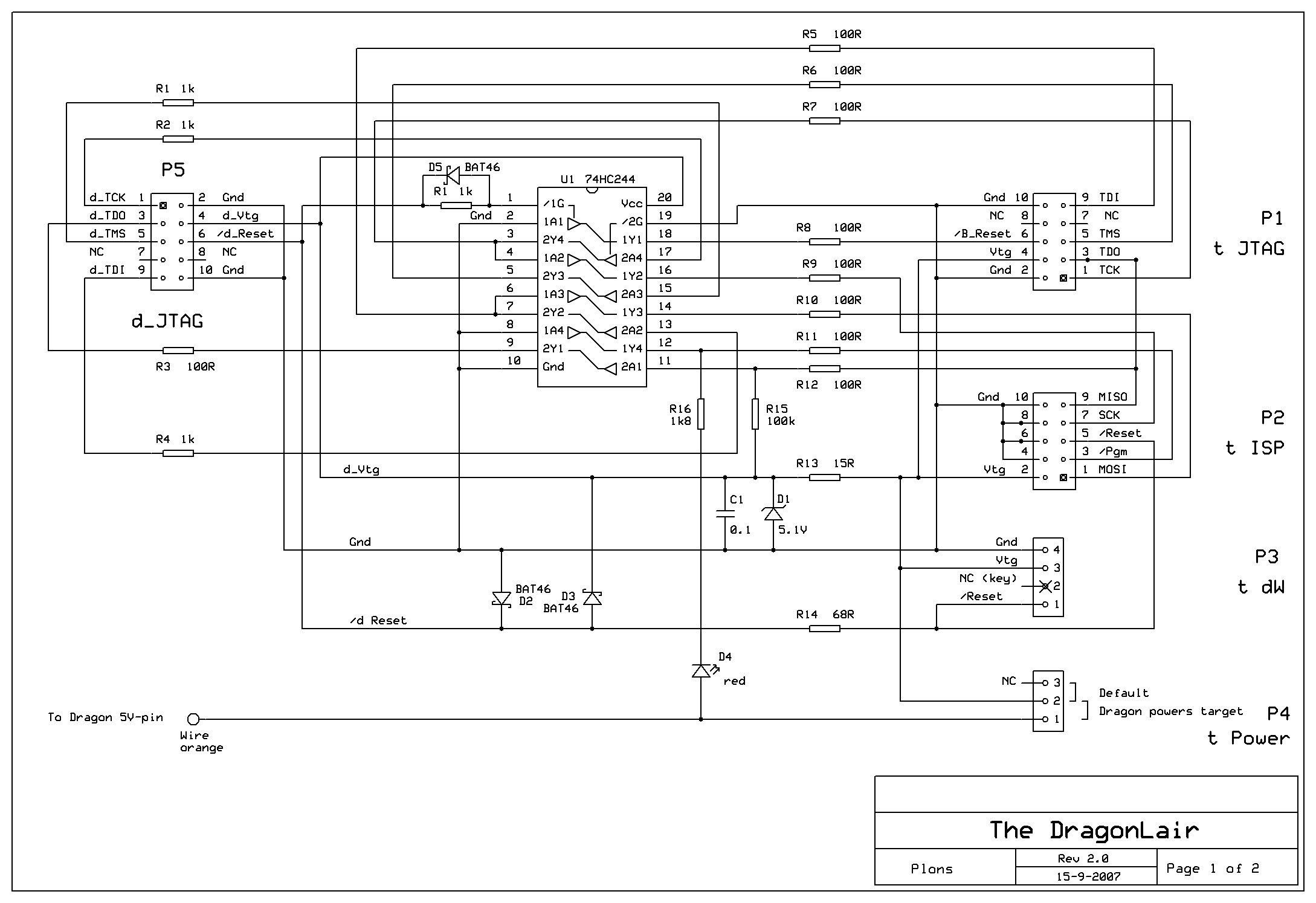


It is pretty cool to source level debug a tiny 8 pin part. I have used the AVR dragon and GUI source level debugging using debugwire on Attiny45/85 and atmega328. The other thing that can make it difficult to impossible is that Windows sucks for doing embedded development given it lacks even basic tools like a shell, so setting things up for Windows adds yet another layer of complexity and difficulty and sometimes you just can't get there when limiting yourself to using Windows.
#Atmel dragon how to#
Many people never bother to take the time to learn how to setup and use their source level debugging tools like gdb. Once you use source level debugging with breakpoints and being able to look at variables, doing things like print/printf debugging will seem like stepping back into the stone age. Last but not least : i'd like to stay as cheap as possible, but this is secondary.Īnyway, I read a lot of stuff about debugWire and 8bit micros, it is more trouble than gain imo.Īnybody that makes a statement like that has never properly set up their environment to use source level debugging. I did some googling about but i could not find anything compatible with tiny85 ( lots of for atmegas instead )
#Atmel dragon serial#
Since i'm quite new to this enviroments ( and also to debugging, till now i relied on serial prints and flashing leds ), i'd like to know if there are debugging instruments for this little ICs out there. the AVR simulator included in atmel studio is quite useful but i'd like to have a tool to debug directly the chips i program. I mostly work on Attiny chips ( 45/85 ) and as my project are getting more complex, i'm in need of something that could help me debug them. That will automatically build the project if required, program the device and start the program.I'm moving to AtmelStudio/ Eclipse programming enviroments from the good old arduino IDE. However once your configuration bits are have been set you may find it more convenient to use the start without debugging button on the toolbar to launch the project. You can also program the various memories, lockbits and lock bits from the same screen. Once connected you'll be able to read the device signature and target voltage to confirm the connection to the target is OK.
#Atmel dragon update#
It's likely the AVR Dragon will require a firmware update to work so press the upgrade button if prompted to do so and wait for the upgrade to complete. Once you've confirmed the correct tool, device and interface is selected you can press the apply button to connect. Once that's been saved you can click on the device programming icon on the toolbar or press Ctrl + Shift + P to get to the device programming screen. In my case I was using the JTAG interface, different options will appear if using ISP but the defaults are normally OK. In the same area you can go down to the tool tab and define the type of debugger / programmer and the interface. Once done the screen looks as follows (note that I corrected the value after taking the screenshot, it was missing a zero): There I defined F_CPU by pressing the add button and typing F_CPU=11059200 to suit the crysyal I'm using. I went into Project | Properties and went to the symbols tab for the compiler I'm using, in this case C++. The next step required for most projects is to define the CPU frequency. The next step is device selection, a search facility is provided that saves sifting through the entire list of devices:

#Atmel dragon code#
The first step was to create a new project and as my code was C++ I selected GCC C++ Executable Project: I recently installed Atmel Studio 6 and upgraded a project that had to be manualy recreated so I thought I'd document the process including use of an AVR Dragon.


 0 kommentar(er)
0 kommentar(er)
